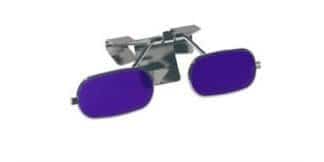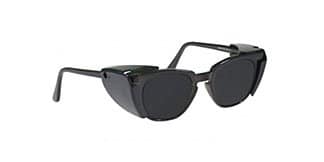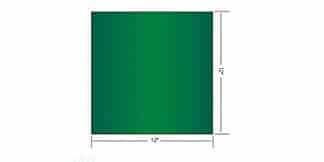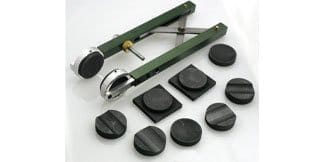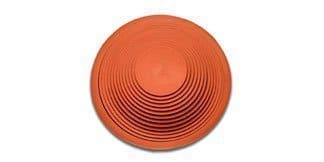One of the most common questions we are asked is about How to Read Your Prescription. Prescriptions can often be intimidating if you do not know what the measurements mean or represent for you. Below is some information on How to Read Your Prescription and what this might mean for your glasses.
What is a SPHERE?
Often written as SPH, this indicates the strength of the lens required to correct your focus. It is measured in the unit known as a Doptre (D)
Nearsighted
There is a (-) next to the number – i.e myopia (difficulty focusing on distant objects).
Farsighted
There is a (+) next to the number – i.e hyperopic (difficulty focusing on close objects).
What is a CYLINDER?
Often written as CYL, this is used to identify how much lens power in your prescription, as well as for astigmatism (difficulty focusing at certain angles). It always comes after the sphere power in a prescription.
Nearsighted Astigmatism
There is a (-) sign next to the number.
Farsight Astigmatism
There is a (+) sign next to the number.
IF YOU HAVE A CYLINDER, YOU MUST ALWAYS HAVE AN AXIS.
What is an AXIS?
The Axis specifies where the astigmatism is on your eye. IT IS ONLY PRESENT IF THERE IS VALUE IN YOUR CYL BOX – I F YOU HAVE A CYL , YOU HAVE AN AXIS.
The measurement is in DEGREES and the value range i s b e t ween 0 and 180.
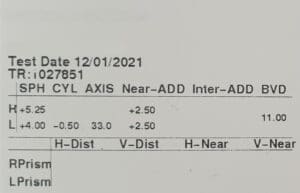
OD | OS | OU
OD – RIGHT EYE information
OS – LEFT EYE information.
OU – BOTH EYES information.
What is an ADD?
The Reading Addition (ADD), is the ADDITIONAL CORRECTION REQUIRED FOR READING. This can be used to make reading, bifocal or varifocal glasses. Add value indicates how much extra power is required ‘on top’ of the prescription for near or intermediate glasses.
What is a PRISM?
Required to correct a Lazy Eye. This is included with a prescription to correct special conditions or eye disorders (like squints) that require the focused image to move position.

